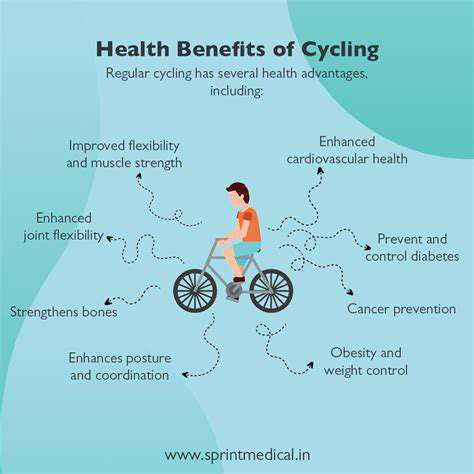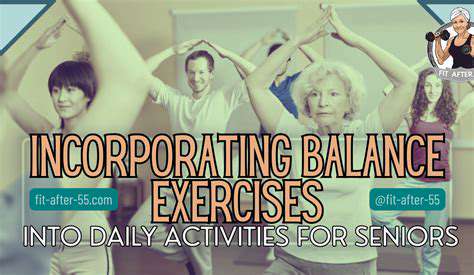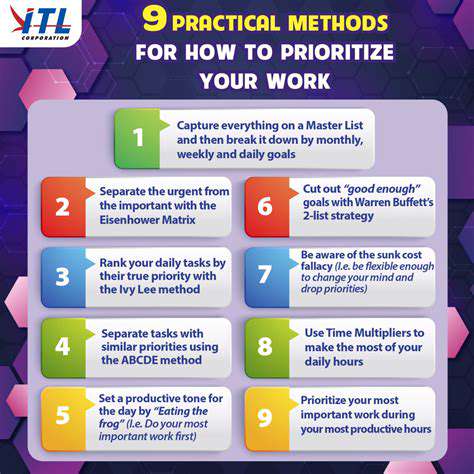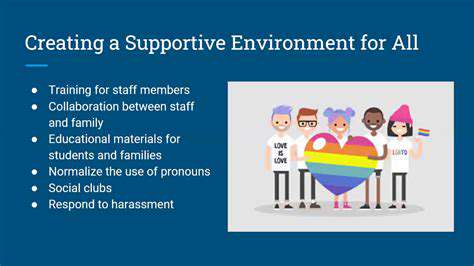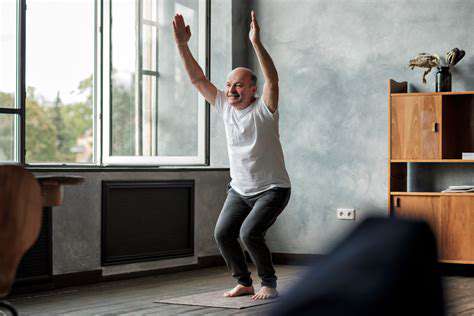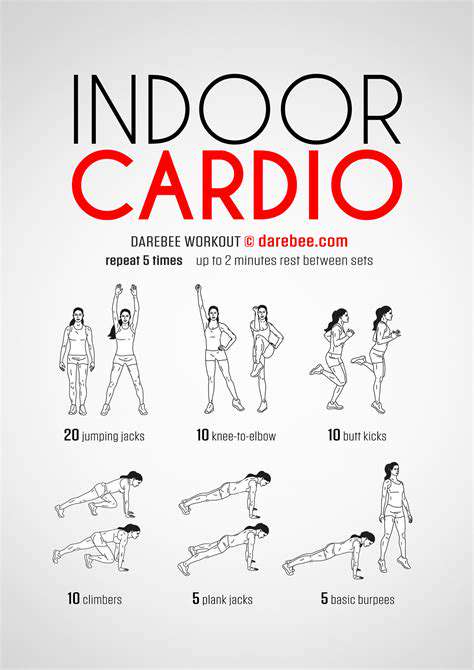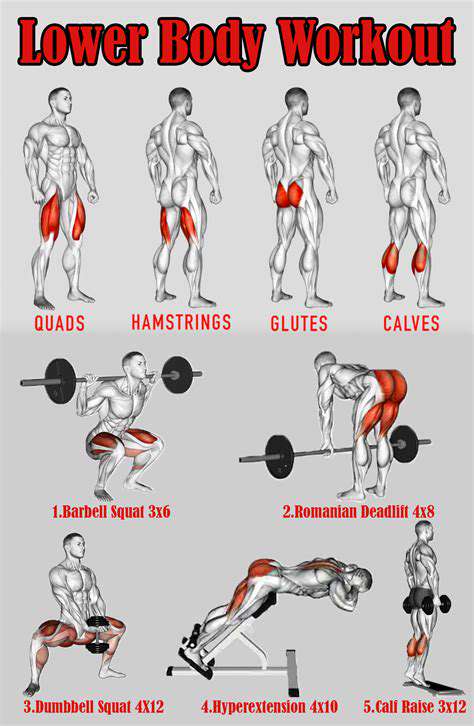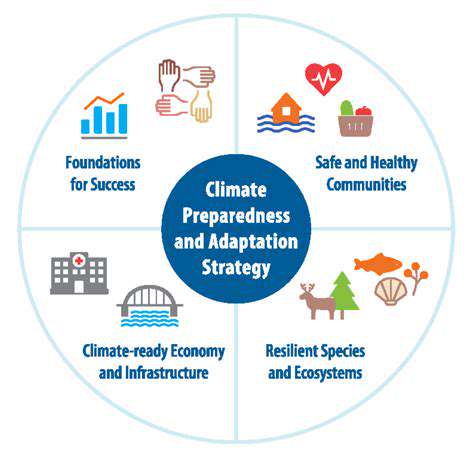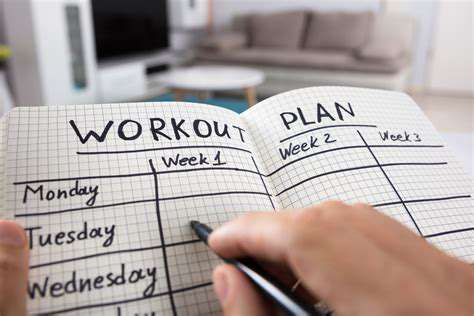Enhance Your Independence: Functional Training for Older Adults
Functional training goes beyond isolated exercises, focusing on movements that mimic real-life activities. This holistic approach engages multiple muscle groups simultaneously, leading to improved strength, stability, and overall fitness. By incorporating functional movements into your routine, you're better equipped to handle daily tasks and activities with greater ease and efficiency.
Benefits for Everyday Activities
Functional training enhances your ability to perform everyday tasks with better posture and reduced risk of injury. Whether it's carrying groceries, climbing stairs, or playing with your children, these exercises improve your body's ability to move efficiently and effectively. Functional training exercises translate directly into improved performance in daily activities, making everyday life feel less strenuous and more manageable.
Injury Prevention and Rehabilitation
Proper functional training can significantly reduce the risk of injuries by strengthening the muscles and supporting structures that stabilize joints. This is particularly important in preventing common injuries like back pain, knee problems, and shoulder impingement. Strengthening the muscles surrounding joints is crucial for injury prevention and rehabilitation, leading to a healthier and more active lifestyle.
Improved Balance and Stability
Functional training exercises often incorporate elements of balance and proprioception (the body's awareness of its position in space). This leads to improved coordination and stability, reducing the risk of falls, especially important for older adults. Improved balance and stability directly contribute to reduced fall risk and enhanced overall mobility.
Enhanced Athletic Performance
For athletes, functional training can significantly improve performance in their chosen sport. By focusing on compound movements and core strength, it enhances power, speed, and agility. Functional training allows athletes to develop a more robust and adaptable physique, maximizing athletic potential. It bridges the gap between general fitness and sport-specific demands.
Core Strength and Stability
A strong core is essential for maintaining proper posture, balance, and overall stability. Functional training exercises specifically target the core muscles, leading to improved spinal health and reduced back pain. Strengthening the core muscles improves posture and reduces the risk of lower back pain, providing long-term benefits for your well-being. Proper core engagement is a key element in many functional movements.
Adaptability and Versatility
Functional training exercises can be easily adapted to suit different fitness levels and abilities. Whether you're a beginner or an advanced athlete, there are exercises that can be modified to challenge your body safely and effectively. The adaptability and versatility of functional training make it suitable for a wide range of individuals, regardless of their experience or physical limitations. This inclusiveness allows everyone to benefit from this type of training.
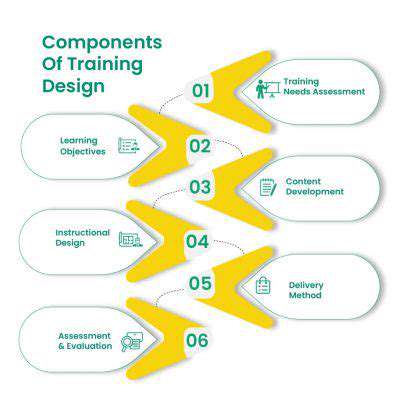
In disaster response, the human hand, often overlooked, plays a critical and multifaceted role. From the delicate work of searching for survivors in rubble-strewn environments to providing immediate medical aid in the face of trauma, hands are essential instruments for saving lives and alleviating suffering. Their dexterity and strength allow for tasks that cannot be easily automated, enabling rescuers to navigate complex and dangerous situations with precision and efficiency.
Enhancing Safety and Preventing Falls
Improving Balance and Coordination
Maintaining balance and coordination is crucial for preventing falls, particularly as we age. Exercises that focus on improving these fundamental skills can significantly reduce the risk of tripping and losing your footing. These exercises often involve standing on one leg, performing heel-to-toe walks, or using balance boards. Regular practice can strengthen the muscles in your legs and core, improving your stability and proprioception (your body's awareness of its position in space), leading to a decreased likelihood of falls.
Simple activities like standing on a slightly unstable surface, such as a foam pad, or performing chair stands can also help to challenge and improve your balance. Consistency is key; even short, regular sessions can yield noticeable improvements over time. It's important to listen to your body and stop if you feel any pain. Consulting a physical therapist can provide personalized guidance and exercises tailored to your specific needs.
Strengthening Leg Muscles
Strong leg muscles provide the foundation for stable movement and prevent falls. Exercises that target the quadriceps, hamstrings, and calf muscles are essential. These muscles are responsible for supporting your weight, propelling you forward, and controlling your movements. Activities like squats, lunges, and calf raises, performed with proper form, are effective ways to build strength and endurance in your legs.
Incorporating resistance bands or weights can further challenge your muscles and increase the effectiveness of your workouts. Progressive overload, gradually increasing the intensity or duration of your exercises, is crucial for continued muscle growth and improvement. Remember to consult with a healthcare professional or physical therapist before starting any new exercise program, especially if you have any underlying health conditions.
Utilizing Assistive Devices
Assistive devices can provide crucial support and stability, reducing the risk of falls. Walking aids like canes, walkers, and crutches can offer added support and stability, particularly during transitions or when navigating uneven terrain. Proper use and fitting of these devices are essential to ensure their effectiveness and prevent injury or discomfort. A physical therapist can assess your needs and recommend the most suitable assistive device.
Grab bars in bathrooms and hallways can also provide crucial support to prevent falls, especially in areas with a high risk of slips or trips. Properly installed grab bars can significantly improve safety and confidence, allowing individuals to move around their homes with greater ease and security. Consider the placement and type of grab bars to ensure their optimal functionality and ease of use.
Creating a Safe Home Environment
A well-designed and maintained home environment plays a vital role in reducing the risk of falls. Removing tripping hazards, such as loose rugs or cords, can significantly reduce the risk of falls. Ensuring proper lighting throughout your home, particularly in hallways and stairwells, is essential for visibility and safety. Consider using night lights to improve visibility in the dark.
Making sure stairs have secure handrails and non-slip surfaces is crucial. Ensure that pathways are clear of obstacles and that there are no clutter or unnecessary items that could cause tripping hazards. Regularly assess your home environment for potential hazards and make necessary adjustments to improve safety and prevent falls. Modifying your home environment can greatly enhance safety and independence.
Fall Prevention Education and Awareness
Education plays a critical role in fall prevention. Learning about common fall risks and how to mitigate them can empower individuals to take proactive steps toward safety. Understanding how medications can affect balance and coordination is essential. Reviewing medication information with your doctor or pharmacist can help to identify potential risks.
Staying informed about local community resources and support programs dedicated to fall prevention can provide access to valuable tools and guidance. Attending workshops, classes, or support groups can foster a sense of community and provide practical strategies to maintain balance, strength, and overall well-being. Taking proactive steps to enhance awareness and understanding of fall risks can significantly reduce the risk of falls and improve the overall safety of your life.
